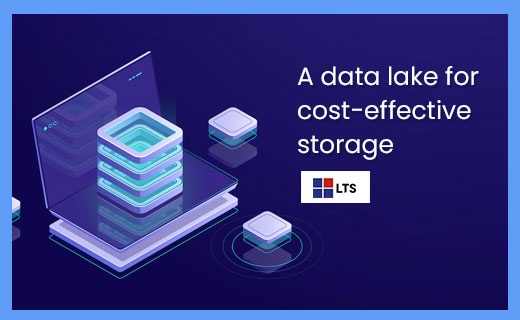Introduction:
The terms "data lake" and "data warehouse" are familiar in the ever-expanding realm of business intelligence. These concepts have revolutionized how organizations store, access, and analyze data. Enter the real-time data repo, a paradigm-shifting evolution that aims to bring greater agility and insights to data-driven decision-making. In this article, we will elaborate on the concept of a real-time data repository and discuss its implications for modern businesses.
Understanding the Data Lake in Business Intelligence:
A data lake is an extensive repository of raw and unprocessed data from various sources, such as customer records, sensor data, social media feeds, etc. Unlike traditional data warehouses, which structure and organize data beforehand, unstructured data embrace a "store first, structure later" approach. This flexibility allows organizations to capture diverse data types without making immediate decisions about their utility.
A Data Warehouse vs. a Data Lake:
Data warehouses have long been the go-to solution for structured and organized data storage. However, they often struggle with accommodating the sheer volume, velocity, and variety of data created in today's fast-paced business environment. Data lakes emerge as the perfect complement to data warehouses, as they can handle both structured and unstructured data efficiently.
Introducing the Real-Time Data Lake:
While traditional data lakes offer many advantages, they typically have a time lag. Enter the real-time data structure, which strives to address this limitation by providing immediate access to the freshest data. Real-time data systems employ advanced technologies, such as data streaming and event-driven architectures, which enable continuous ingestion and processing of data as it is generated.
Key Benefits of a Real-Time Data Lake:
1. Time-Sensitive Decision-Making: By accessing real-time data, businesses can react swiftly to market changes, evolving customer preferences, and emerging trends. This agility empowers more informed and timely decision-making.
2. Enhanced Data Accessibility: Real-time data storage enable self-service analytics, empowering organizational stakeholders to access the most up-to-date information without being dependent on data experts or waiting for data warehousing processes.
3. Deeper Insights: With real-time data, organizations gain a comprehensive understanding of their operations, allowing them to identify patterns, forecast trends, and uncover hidden opportunities. Such insights enable proactive strategies and improved competitiveness.
Challenges in Implementing a Real-Time Data Lake:
While the potential advantages are considerable, implementing a real-time data intelligence has challenges. These include managing data quality, ensuring data security, and developing the skills and expertise to handle and analyze real-time data effectively.
Conclusion:
In today's data-driven business landscape, organizations need faster, more agile solutions to keep up with the pace of innovation. The real-time data solution presents a compelling opportunity to harness the power of real-time data, delivering valuable insights and enabling informed decision-making. As businesses adapt to evolving customer demands and industry dynamics, embracing a real-time data problem becomes more than an option; it becomes a strategic imperative for success in the digital age.
So, dive into the waters of a real-time data structure, unlock the potential of real-time analytics, and watch your business navigate uncharted territories with unmatched agility and competitiveness.


No comments yet